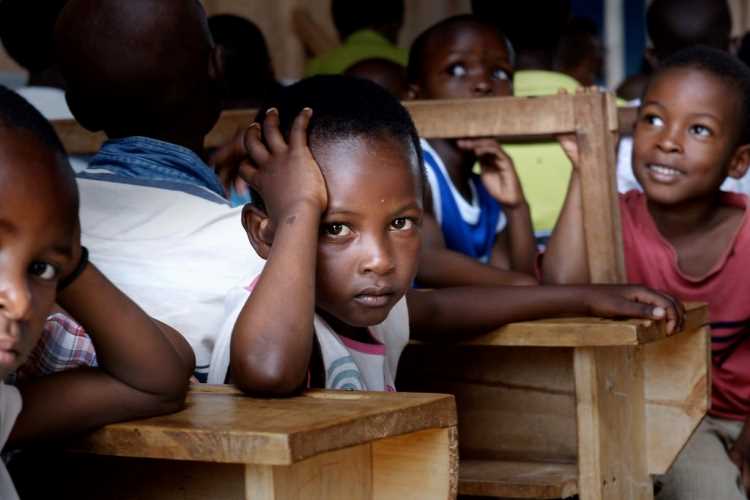
Every child and adolescent in the world faces existential threats from climate change, ecological issues and marketing practices that promote processed food, sugary drinks, tobacco and alcohol, says a report. At least 250 million children under five years of age in low- and middle-income countries are at risk of not attaining their developmental potential, the report finds. No country in the world is doing enough to protect children’s health, environment and future, says the report compiled by a commission of over 40 experts convened by the World Health Organization, UNICEF and The Lancet.
Countries must overhaul their approach to health to protect the children and the world they inherit, said Helen Clark, former prime minister of New Zealand and co-chair of the commission that compiled the report. The progress made in child and adolescent health in the last two decades has stalled, and about to reverse, Clark said.
READ: Climate crisis — 30% plants, animals may go extinct in 50 years
The report, A Future for the World’s Children, has also unveiled a new global index of 180 countries that compares the achievements in child development, including steps taken for children’s health, education, and nutrition as well as for sustainability and equity.
The poorest countries must do more to back their children’s ability to live healthy lives. If global warming tops 4°C by the year 2100 as predicted, there would be serious health consequences for children from heat waves, rising sea levels, malnutrition as well as from diseases such as malaria and dengue.
READ: UN launches campaign to assess public opinion on global warming, climate change
The index unveiled by the report says children in Norway, South Korea, and the Netherlands are most likely to survive and enjoy well-being, while their counterparts in Central African Republic, Chad, Somalia, Niger and Mali are the worst placed. But when it comes to the list of highest CO2 emissions, Norway, Korea and the Netherlands fare badly along with the US, Australia, and Saudi Arabia.
The report stresses on the threat posed by harmful marketing. Children in some countries watch up to 30,000 TV advertisements annually. Children’s exposure to advertisements of junk food and sugary beverages is linked to obesity. It says the number of obese children and adolescents rose from 11 million in 1975 to 124 million in 2016.
The authors of the report have made these specific recommendations:
1. Stopping of CO2 emissions on priority.
2. Children and adolescents be placed at the centre of efforts to achieve sustainable development.
3. Policies and investment in all sectors to improve children’s rights and health.
4. Incorporate the views of children in policy decisions.
5. Tighter regulation of harmful commercial marketing.
